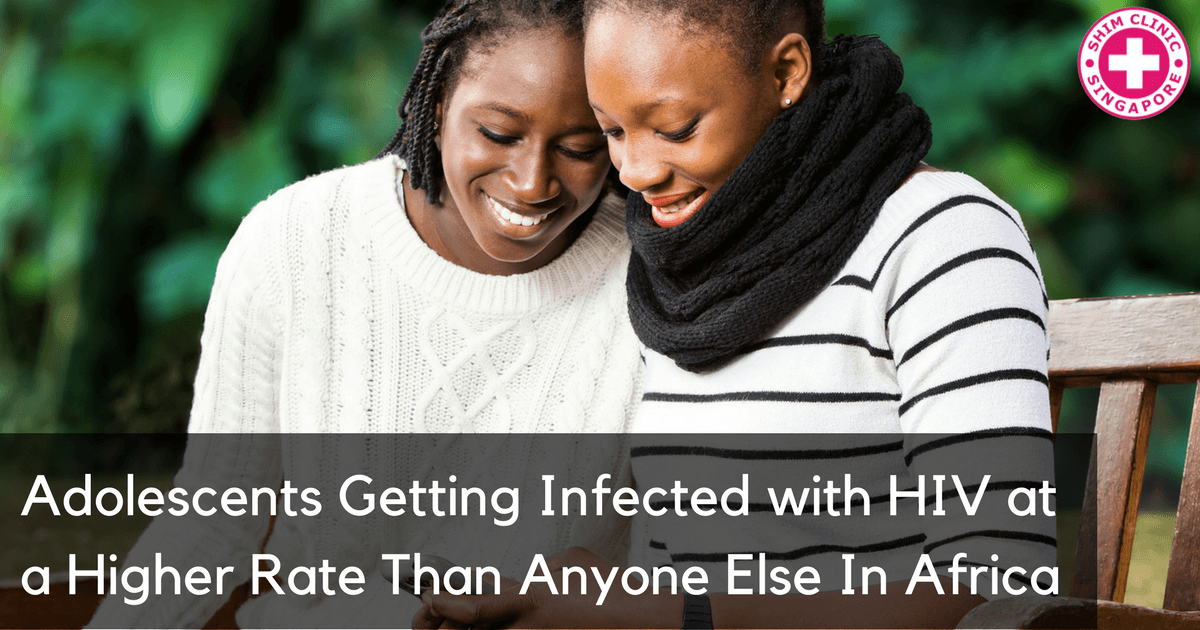According to experts, HIV infection rates are increasing faster among adolescents than in any other age group in Africa raising concerns. HIV/AIDS is also the highest leading cause of death among adolescents in the continent.
The World Health Organization (WHO) projects that about 1.8 million children will be taking HIV treatment by 2018.
In Tanzania, according to statistics recently released by Elizabeth Glaser Pediatric Aids Foundation (EGPAF), there are 1.4 million people living with HIV in the country. 91,000 of these patients are children aged between O and 14 years.
EGPAF has been in the forefront of supporting programmes that deal with HIV and AIDS in Tanzania. So far the foundation has offered its support to 453 health facilities.
These health facilities have taken up a leading role to offer HIV services such as testing, counselling, HIV PEP and PrEP provision as well as tuberculosis and reproductive health services.
Young People Engaging in Risky Sexual Behaviour
HIV prevalence has slightly decreased in Tanzania, however, the country is still facing challenges in its effort to reduce new HIV infections. Currently, about 100,000 Tanzanians aged between 15 and 49 years are newly infected with HIV annually.
One of the biggest challenges that the country is facing is young people engaging in risky sexual behaviour. Young people are increasingly having first sexual intercourse before turning 15, they are shunning condom use and have multiple sexual partners putting their health at risk.
Young people also seem to have relatively low comprehensive knowledge regarding HIV such as testing, preventive measures (HIV PEP, condom use, abstinence etc.), treatment and counselling. Less than half of them have adequate knowledge to keep them protected.
Tanzania has however, made improvements in recent years. The number of girls having sex before the age of 15 has gone down to 9% from 11%. More young people are using condoms now, though still inadequate. Only 41.5% of young women and 34.1% of young men used a condom in 2016.
Sexual Violence Blamed for Reckless Behaviour
Experts have associated childhood sexual violence with sexual risk taking behaviour among both adolescents and adults in Tanzania. Sexual violence increases a victim’s risk of getting an STD, including HIV.
Sexual violence also affects the victims self-esteem and sense of self-worth. This in turn makes them more likely to engage in irresponsible sexual behaviour. There are about 28% girls and 13% boys sexually assaulted each year.
Risky sexual behaviour among the adolescents include unprotected sex, multiple sexual partners, transactional sex, and substance abuse. All these risky acts increase the risk of contracting HIV.
HIV Testing and Counselling in Tanzania
Over the last decade, the country has fast tracked its efforts to encourage people to go for HIV testing. Tanzania has increased its voluntary counselling and testing (VCT) centres to 2,137. Now over 90% of people know where to go for an HIV test.
The country also introduced home-based testing and community testing in 2013 increasing the number of people getting tested for the virus annually.
There is still more effort needed to fight the spread of HIV in the country. Among the key issues crippling the fight is stigma against people living with HIV as well as lack of enough human resource.

